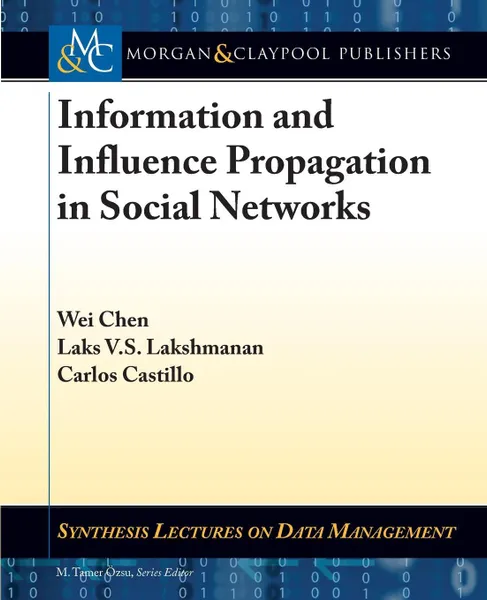Information and Influence Propagation in Social Networks 12+
2013
178 страниц
Категория: Компьютерные технологии
ISBN: 9781627051156
Язык: Английский
📓 Research on social networks has exploded over the last decade. To a large extent, this has been fueled by the spectacular growth of social media and online social networking sites, which continue growing at a very fast pace, as well as by the increasing availability of very large social network datasets for purposes of research. A rich body of this research has been devoted to the analysis of the propagation of information, influence, innovations, infections, practices and customs through networks. Can we build models to explain the way these propagations occur? How can we validate our models against any available real datasets consisting of a social network and propagation traces that occurred in the past? These are just some questions studied by researchers in this area. Information propagation models find applications in viral marketing, outbreak detection, finding key blog posts to read in order to catch important stories, finding leaders or trendsetters, information feed ranking, etc. A number of algorithmic problems arising in these applications have been abstracted and studied extensively by researchers under the garb of influence maximization.This book starts with a detailed description of well-established diffusion models, including the independent cascade model and the linear threshold model, that have been successful at explaining propagation phenomena. We describe their properties as well as numerous extensions to them, introducing aspects such as competition, bud...
Мнения
